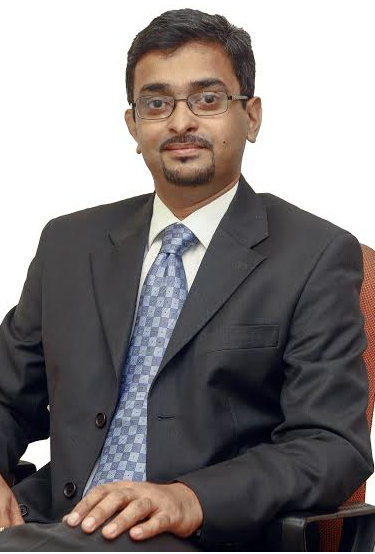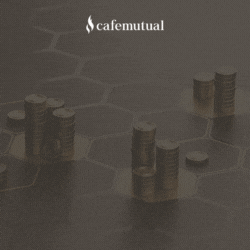 Describe your investment approach and how it has evolved over time?
Describe your investment approach and how it has evolved over time?
We believe in buying and holding quality companies run by competent management which are compounding their earnings steadily. If we observe the Indian markets historically, companies with growth visibility have delivered superior returns with better consistency than value or turnaround ideas. We believe that market should be bifurcated among good companies with growth visibility and not-so-good companies with financial, legal, competitive challenges rather than large cap midcap or defensives-cyclical etc. Companies having secular growth opportunities with track record of decent capital allocation and good return should continue to outperform over a time with much lesser volatility. Over a period, this approach has worked very well and our belief has got engrained deeper and deeper.
How do you generate ideas and what is your selection process before an idea gets added to the portfolio?
Idea generation happens from numerous sources – it may be by observing the change in public behavior, from general reading, from feedback of investee companies, from sell-side analyst or internal research team, etc. Any new idea is evaluated on parameters like management quality in terms of integrity, capabilities, business focus and the industry potential and so on. Then the company is studied for its past capital allocation patterns, margin defense, ROE profile and cash generation etc. We also meet or speak to the management and competitors to gauge the opportunity and company’s strategy for growth. Based on the inputs, the estimates for next 1-2 years are prepared to arrive at the valuations. If the valuations are attractive for given level of growth and returns or there is re-rating possibility we may add the stock to the portfolios. Obviously due to our style, companies with compounding characteristics in earnings get preference over companies with volatile stream of revenues and earnings.
How is Tata Mid Cap Fund different from its peers? What is its investment strategy?
As mentioned earlier, we like to hold on to good companies even if they are trading at higher valuations. Accordingly, Tata Mid Cap Growth Fund consists of companies which are run by very good and competent managements having niche offering, brand and good capital allocation track record. Most of the companies are growth companies and we use GARP (Growth at Reasonable Price) as our primary investment strategy. There is hardly any bet on value or turnaround idea. We are playing each theme or sector through a basket of 5-10 stocks to reduce concentration and to benefit from more opportunities.
What kind of investors is Tata P/E Equity Fund suited for?
Tata Equity P/E Fund is a value cautious fund. It has to invest at least 70% of its AUM in companies which have a trailing P/E lower than Sensex trailing P/E. Because of this focus, the stock universe gets limited to a large extent to companies which are going through a tough phase due to internal or external environment and hence available at lower P/E. This may make the fund performance relatively more volatile as during recovery such companies do very well. During years of slower growth, such companies tend to suffer more and stock performance suffers even more. Over a complete business cycle, this fund can deliver good returns but the investor should have reasonably long term horizon. Because of relatively higher volatility, this fund is more suitable for investments through SIP route.
Apart from P/E, what other factors do you take into account while building the portfolio of Tata PE Equity Fund?
Apart from P/E, many subjective factors go into building a portfolio for this fund. The idea is to try and find companies which are going through challenging phase where re-rating possibilities exists due to strength in the business or brand or technology etc. So the challenge is actually taking a call on management and the environment to see whether the company can make a comeback or grow consistently for considerable period of time to warrant P/E re-rating. Many a time, along with conviction, it involves taking a contrarian call if a strong business model is temporarily suffering due to external challenges. Similarly, it is important to have the right mix of high and low beta stocks to manage overall volatility and also try to avoid value traps which generally trade at very low P/E.
Do you sell stocks if the P/E of any of your stock in the portfolio exceeds the rolling P/E of BSE Sensex?
We can keep such stocks as long as 70% low P/E stocks criteria is fulfilled. There is leeway of 30% of fund for such cases or otherwise. So we need not sell immediately. We typically sell depending on the valuation or if we can find another compelling low P/E company.
What kind of returns can we expect in 2015?
The economies around the world are improving over the last 18-24 months, especially the US. In India’s case also, all macroeconomic parameters except growth has improved markedly. We believe our economy is bottoming out and we are at the cusp of the next business cycle. Corporate earnings should also start reflecting the same over the next 6-12 months. We can expect decent returns over the next 3-5 years with some volatile periods in between. The stock returns should mimic the earnings growth of corporate India which should be growing more than India’s nominal GDP growth.
Your favorite book and why you would recommend it to others?
I like and read at repeat intervals ‘One Up on Wall Street’. This book by the guru of fund management, Peter Lynch, describes in very simple terms, the dos and don’ts of equity investing. The book was about the US economy in 70s and 80s and how companies benefitted from economic resurgence. I believe that India will perhaps go through that type of phase where massive opportunities would be thrown open. It is up to us to keep our eyes open and grab them. ‘One Up on Wall Street’ can prepare us best for that. Recently I read and liked ‘The Art of Thinking Clearly’ by Rolf Dobelli. It’s about behavioral mistakes we make in our day-to-day life as well in financial decisions.





